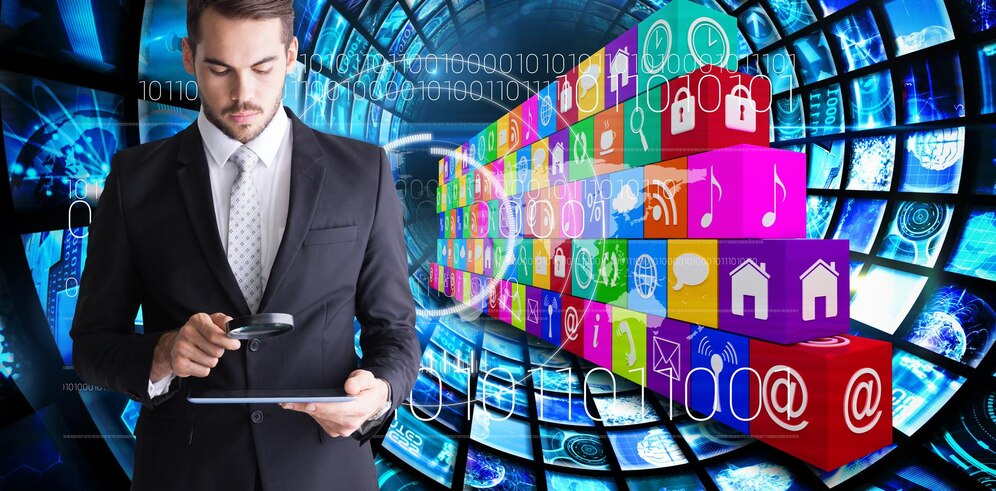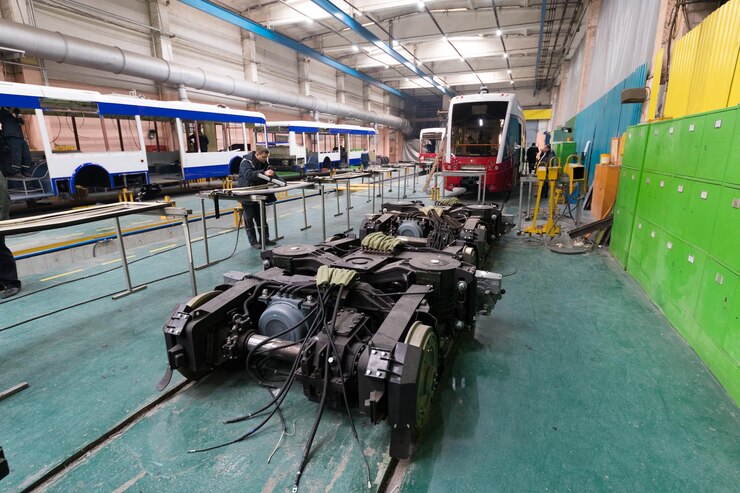The relationship between technology and time has undergone a dramatic transformation in recent years. As digital tools permeate nearly every aspect of life, they not only facilitate speed and efficiency but also redefine how we perceive and manage time. This article dives into the multifaceted concept of digital tech time and how it reshapes productivity, well-being, and societal structures.
What Is Digital Tech Time?

Defining Digital Tech Time
Digital tech time refers to how digital technologies influence our understanding and experience of time. Unlike traditional perceptions tied to natural cycles or clock schedules, digital time is fluid, continuous, and often fragmented. The shift has profound implications for both individuals and broader society.
Historical Context
Prior to the digital age, time was regulated by natural phenomena—sunrise, sunset, and the seasons—or mechanical systems like clocks. The industrial revolution introduced more standardized schedules, reinforcing the importance of punctuality and regimented daily routines.
Digital Transformation
Today, smartphones, laptops, and the internet have redefined time. Activities such as checking emails, posting on social media, or attending online meetings contribute to a sense of perpetual motion where boundaries between different parts of the day blur.
How Digital Tech Alters Time Perception
The Illusion of Speed
Digital technology accelerates tasks, creating the impression that time moves faster. The instant nature of emails, social media notifications, and online messaging fosters a sense of urgency and speed that can be both productive and overwhelming.
Multitasking and Fragmented Attention
Our relationship with time becomes fragmented as we multitask. For instance, while attending a virtual meeting, people may simultaneously respond to messages, check their calendars, or scroll through social media. This constant switching can lead to cognitive overload, impacting how efficiently time is used.
Real-Time Connectivity
Platforms like Zoom, Microsoft Teams, and Slack enable real-time communication, reducing delays but also promoting a culture where immediate responses are expected. This culture can blur the lines between work and personal life, reinforcing a ’24/7′ availability.
The Psychological Effects of Digital Tech Time
Stress and Anxiety
While technology increases efficiency, it also adds pressure. The expectation to be constantly connected can heighten stress and anxiety, contributing to the phenomenon known as ‘technostress.’ Research shows that the pressure to be perpetually available disrupts work-life balance and affects mental well-being.
Attention Span
Studies suggest that the rapid pace at which digital information is consumed shortens attention spans. The ability to focus deeply on tasks without interruption has declined, as notifications and instant access to vast information keep us in a state of partial attention.
Temporal Disconnection
Digital tech can disrupt natural temporal cues, such as day and night. Blue light emitted from screens can affect sleep cycles, making it difficult for individuals to wind down and rest adequately, ultimately impacting overall health.
Societal Shifts Due to Digital Tech Time
The 24/7 Economy
Digital technology enables a 24-hour global economy, changing how businesses operate. Companies can communicate and transact with partners worldwide at any time, facilitating international collaboration and e-commerce. However, this constant availability can lead to worker burnout, as the pressure to be ‘always on’ mounts.
Flexible Work Schedules
Remote work, supported by digital tech, redefines traditional 9-to-5 jobs. This flexibility benefits employees by allowing them to choose working hours that fit their lifestyle. However, it also means that the workday can expand beyond typical office hours, requiring discipline to manage effectively.
Cultural Impacts
In the digital age, moments are measured by likes, shares, and followers. Social media has fostered a culture where significant life events are shared instantly, influencing how time is perceived socially. Events are timestamped and documented in real-time, creating a new layer of societal pressure around timeliness and visibility.
Balancing Digital Tech Time with Human Needs
Setting Boundaries
To maintain a healthy balance, it is crucial to set boundaries for digital tech use. This includes designated ‘no-screen’ times, such as during meals or before bed, to foster mindfulness and disconnect from constant notifications.
Digital Well-being Tools
There are numerous apps and programs designed to help manage digital time effectively. Tools like screen time monitors, digital detox apps, and focus-enhancing applications help users develop healthier habits and reduce time spent on non-essential activities.
Adopting a Mindful Approach
Mindfulness can counteract the rapid pace of digital tech time. By focusing on one task at a time and practicing digital minimalism, individuals can reclaim control over their schedules and improve productivity and mental health.
The Future of Digital Tech Time
Advancements and Their Implications
As AI, machine learning, and automation continue to develop, digital tech time will evolve. Predictive algorithms may streamline tasks further, but they also risk reinforcing the pressure for constant productivity.
Potential Shifts in Work Culture
With the rise of AI and automation, work hours and productivity may no longer be measured by time but by output. This could lead to shorter workdays or more project-based work models, where completion takes precedence over clocking in hours.
Ethical Considerations
Societal discussions about digital tech time often include considerations of digital equity. Not everyone has equal access to technology or can manage its demands effectively. Policies that address digital wellness and fair use are likely to gain importance as society adapts to new time norms.
Conclusion
Digital tech time is more than just a byproduct of innovation; it is a driving force that shapes how we live, work, and interact. While it brings unparalleled efficiency and connectivity, it also presents challenges that require conscious management. Balancing the benefits of digital tech with mindful practices and clear boundaries ensures that technology enhances, rather than diminishes, our quality of life.
FAQs
What is digital tech time?
Digital tech time refers to how digital technology impacts our understanding and experience of time, creating a sense of immediacy and urgency in daily life.
How does digital technology impact time perception?
Digital technology accelerates time by enabling multitasking and real-time communication, which can make time feel fragmented and fast-paced.
What are the negative effects of digital tech time?
It can contribute to stress, anxiety, shortened attention spans, and disrupted sleep cycles due to constant connectivity and screen exposure.
How can individuals manage their digital tech time?
Setting boundaries, using digital well-being tools, and practicing mindfulness can help manage time more effectively and reduce digital overwhelm.
What societal changes are linked to digital tech time?
It supports a 24/7 global economy, flexible work schedules, and a social culture that prioritizes immediacy, but it can also blur personal and professional boundaries.
What does the future hold for digital tech time?
As AI and automation advance, time management will shift towards efficiency and productivity, potentially redefining work culture and ethical standards around digital usage.











